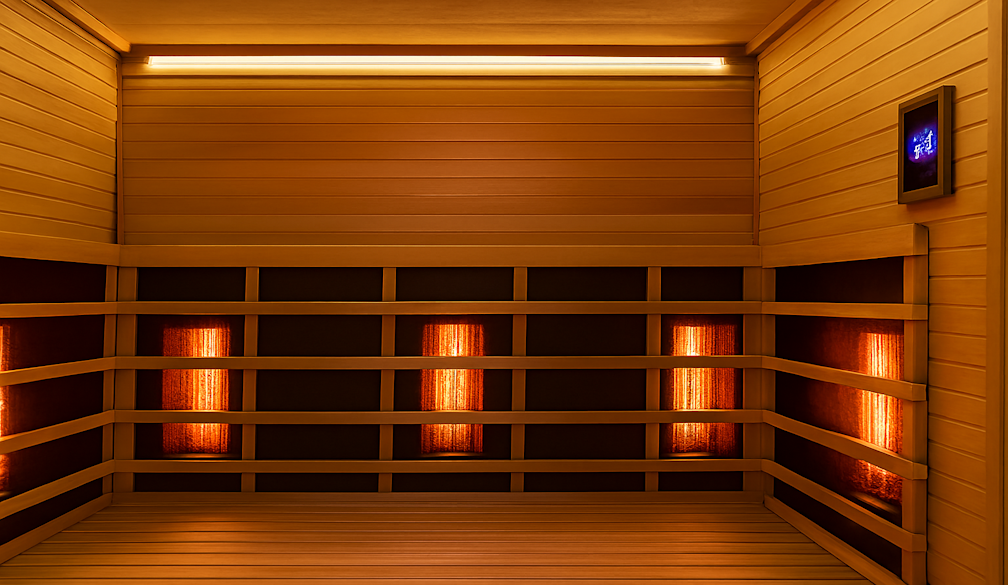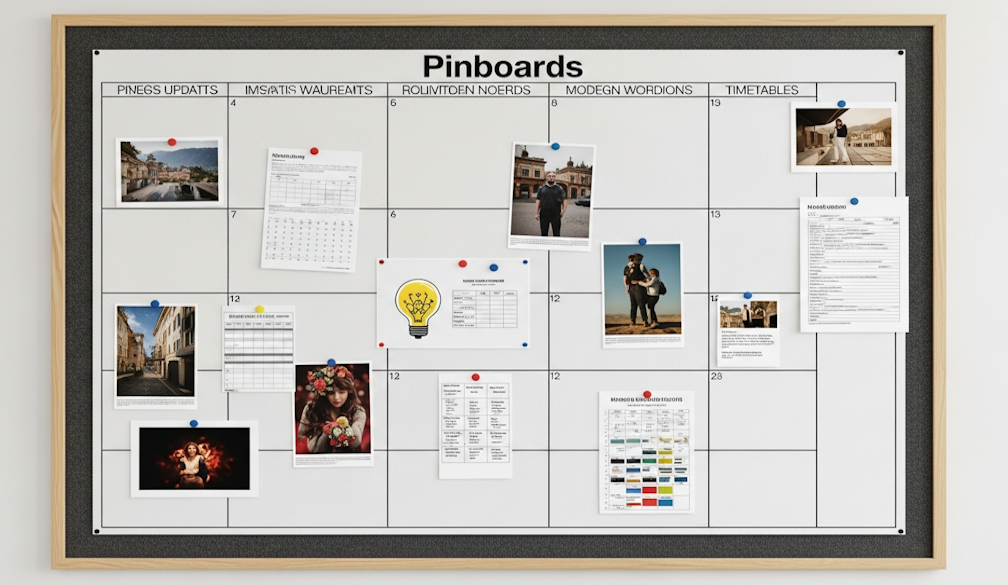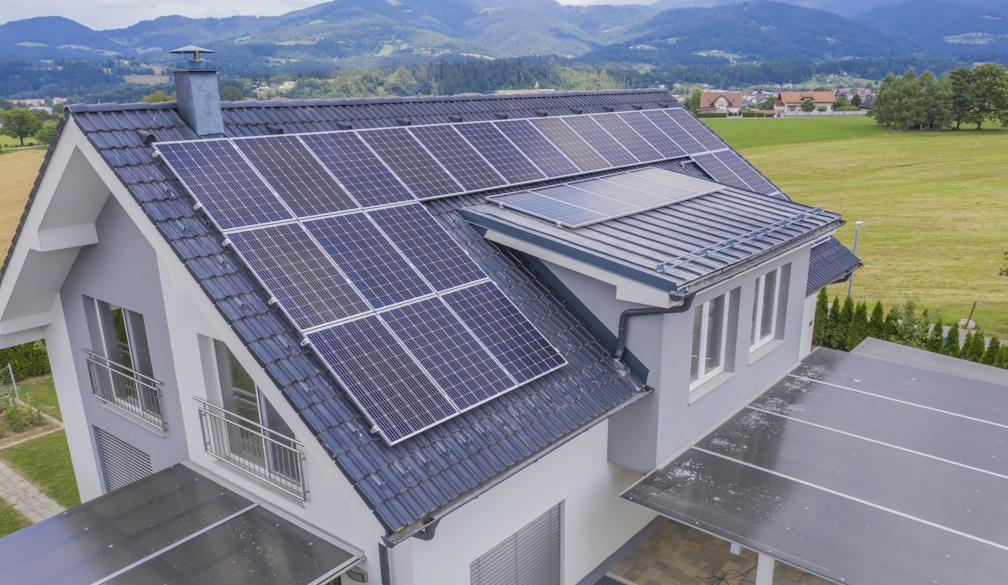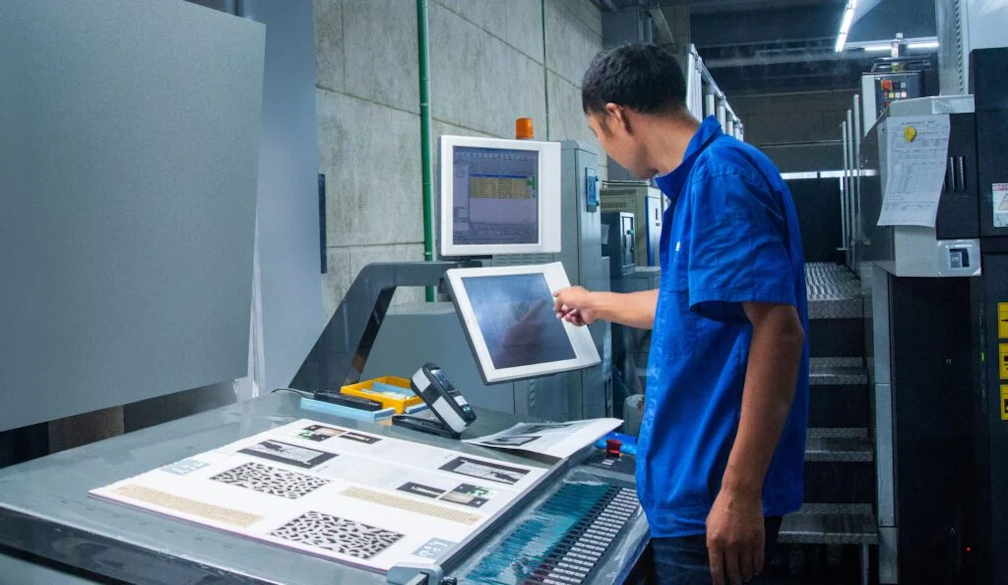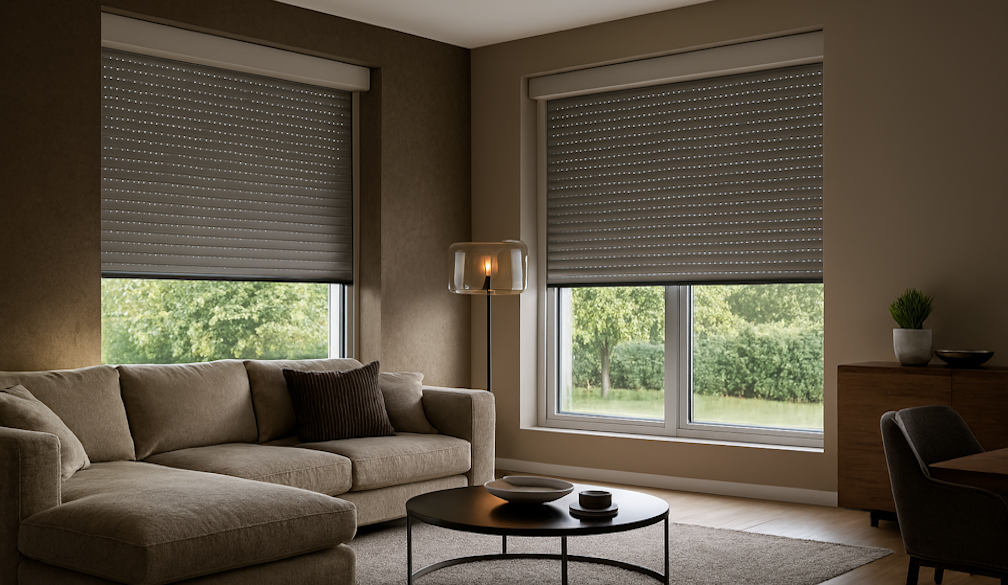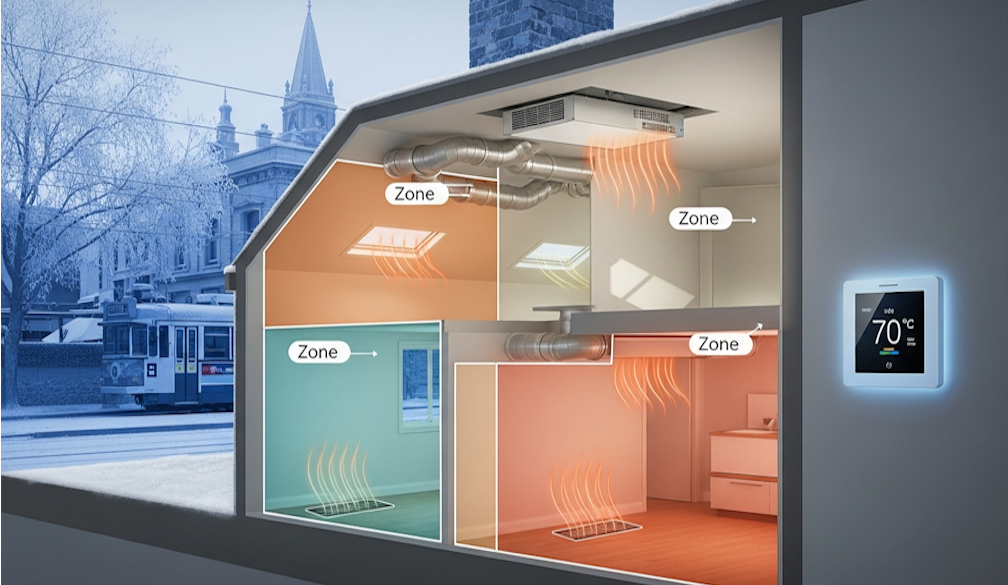Tents, caravans and mobile homes are used after disasters, so why can’t they be solutions to our housing crisis?
- Written by Paul Burton, Professor of Urban Management & Planning, Griffith University
There is little doubt Australia is in the midst of a profound housing crisis, one that has been decades in the making.
It was once reasonable to assume the market could cater for most people’s housing needs and preferences, except for those with complex social or health challenges.
But there are now more and more people in severe housing stress – sleeping rough, couch surfing, living in desperately overcrowded conditions or in vehicles and tents.
While many in these situations need no more than a reasonably priced home with a degree of security and safety, others continue to need additional support. The longer anyone lives in acute housing stress, the more likely it is they will develop serious social and health conditions.
Some of the factors driving the housing crisis are relatively new, but many have been fuelling a shortage for decades. We have not been building enough new homes for our population, which is both growing and evolving in the ways we choose to live.
For instance, many Australians are now living in smaller households, and the number of households is projected to increase in the coming decades.
This is not only driving housing demand, but also leading to significant mismatches as our housing stock fails to reflect these changes in household types.
Social housing has also been declining as a share of the national housing stock for almost 30 years at the same time as demand has been rising.
Lessons from disasters
So, what could be done now to help those already living in severe housing stress and those likely to soon join them?
Our response to this housing crisis stands in contrast to how we typically respond to other major emergencies that create localised housing crises.
Following major floods or bushfires, one of the first responses is to provide temporary accommodation for those affected.
For example, in the Northern Rivers area of New South Wales hit by the catastrophic floods of 2022, prefabricated living pods were brought in and placed in clusters or villages where other services could be provided effectively.
While there have been criticisms of the operation – its pace and scale, the chosen locations of the villages and length of stay allowed – this approach reflected an acknowledgement of the seriousness of the crisis.
Why isn’t that attitude reflected more widely when we think about housing for Australians in desperate need?
Apart from some discussions about the use of quarantine facilities built during the COVID pandemic, there are very few policy measures that involve temporary and mobile housing options.
Also, some local councils are even limiting the opportunities that people in desperate housing situations have to improve their circumstances in ways that might seem unconventional.
We know more people are now living in vehicles – including cars, caravans and converted buses – or tents. But the places where it is possible to do so legitimately are not increasing and might even be decreasing.
Most councils have local laws that prohibit sleeping overnight in vehicles, or for anyone to sleep in a tent outside a licensed campsite. There may have been good reasons for these restrictions in the past, but many were drafted when we were not experiencing a severe housing crisis.
More people are living in vehicles as Australia struggles with a housing crisis.What more could be done?
So, why is there such reluctance to accept that desperate times might call for special measures? There are three main reasons.
Firstly, as the Australian Human Rights Commission notes, housing is a basic human right and for some this means that anything less than a conventional home is a denial of this right.
However, it avoids the question of what to do if there are not enough conventional homes to fulfil this obligation in the short term, while knowing it will take many years to achieve our ambitious new building targets.
In other words, while providing a regulated campsite for people with no choice but to live in a tent or a vehicle might not fulfill a long-term human rights obligation, it could provide an acceptable short-term step along the way.
Secondly, some critics fear the commitment to long-term solutions and systemic change might be undermined if unconventional and short-term forms of accommodation – such as providing places to park a vehicle or pitch a tent safely, and have access to services and facilities – are supported.
But for people in acute housing stress, the prospect of waiting years for structural reform to improve their housing situation is not appealing and might be seen as a case of the best being the enemy of the good.
Thirdly, some argue that, like giving money to people on the street, running soup kitchens from inner city churches or providing washing and laundry facilities for homeless people, we will only encourage people to make antisocial “lifestyle choices” if we support these unconventional emergency measures.
However, without short-term responses that acknowledge the contribution of unconventional temporary and mobile forms of living, the current crisis looks set to worsen and might have more far-reaching impacts for the legitimacy of our housing system.
Authors: Paul Burton, Professor of Urban Management & Planning, Griffith University


